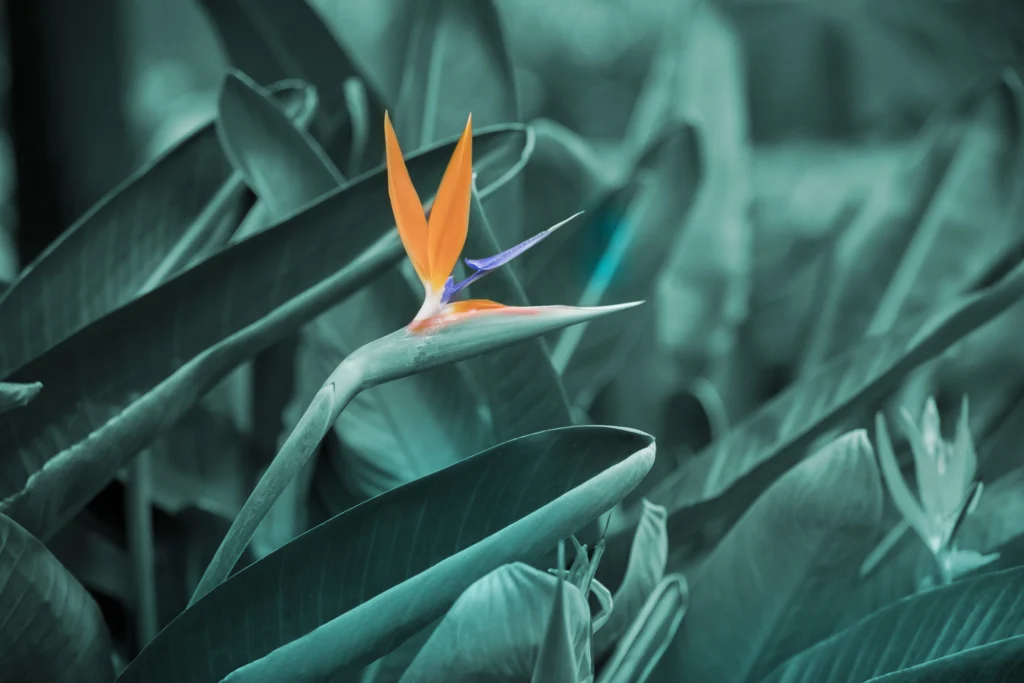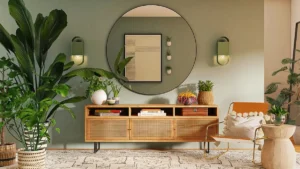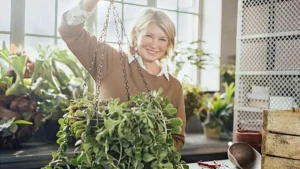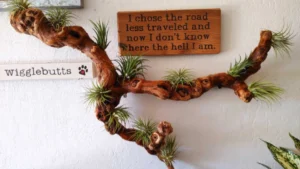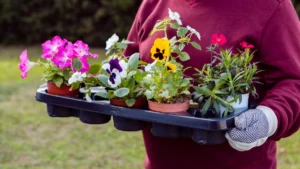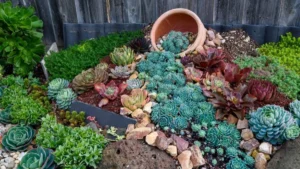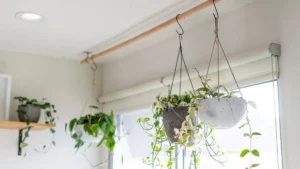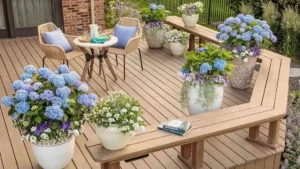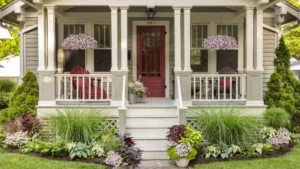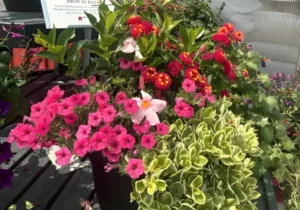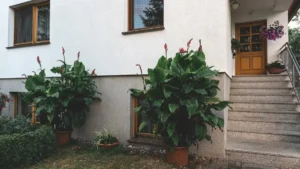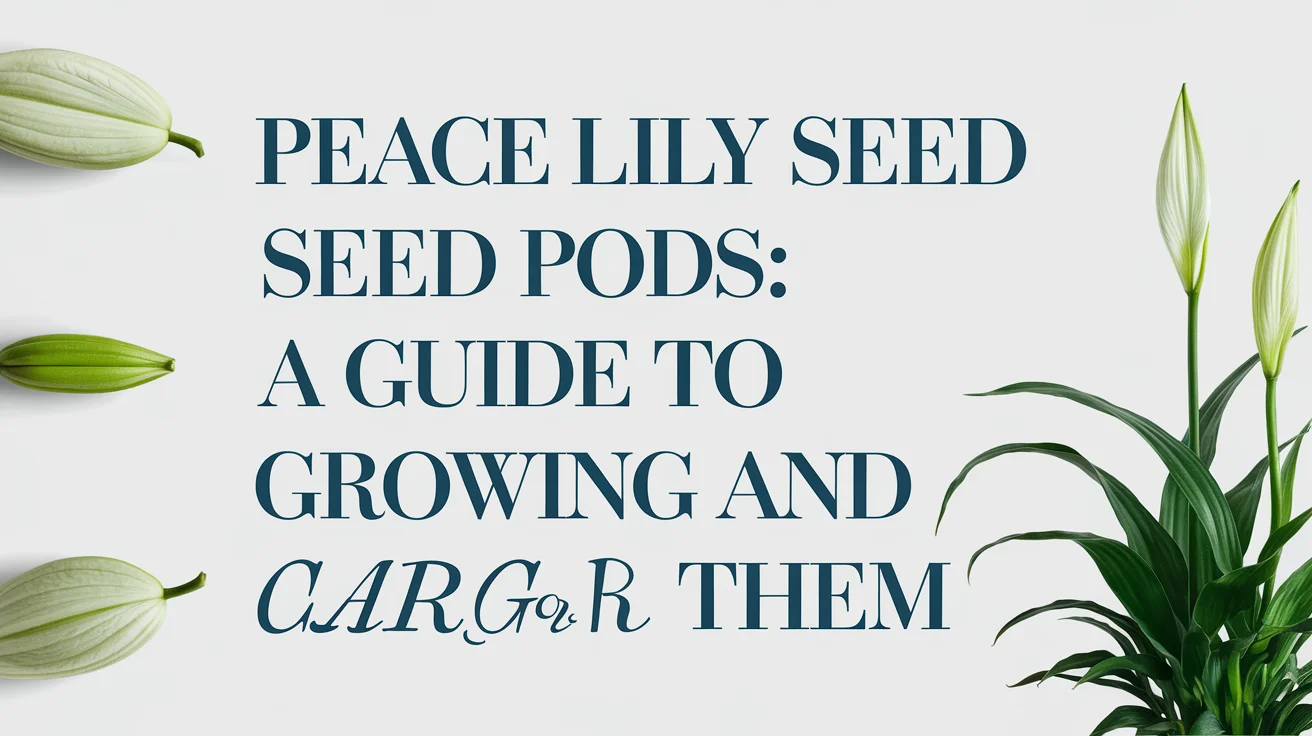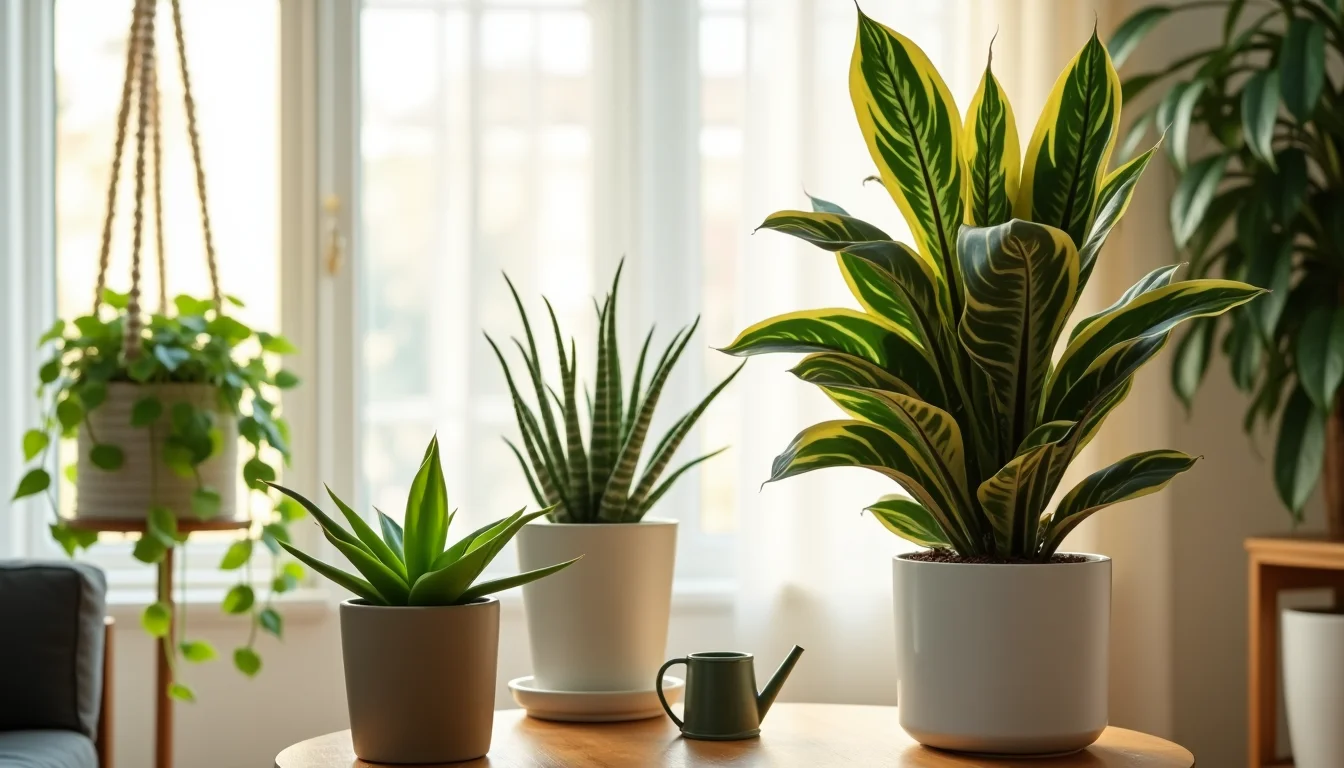The white bird of paradise isn’t just a houseplant; it’s a bold visual statement. With its broad, banana-like leaves and towering height, this plant turns any room into a lush, tropical retreat. While its appearance may feel exotic and high-maintenance, white bird of paradise indoor plant care is simpler than it looks.
What makes the white bird of paradise truly stand out is its ability to grow tall and strong when given the right indoor conditions. This guide covers all the essentials, from finding the perfect light to keeping those giant leaves glossy and upright.
Whether you’ve just brought one home or want to fix a struggling plant, you’ll learn how to help it thrive, not just survive.
Creating the Right Indoor Environment for Growth
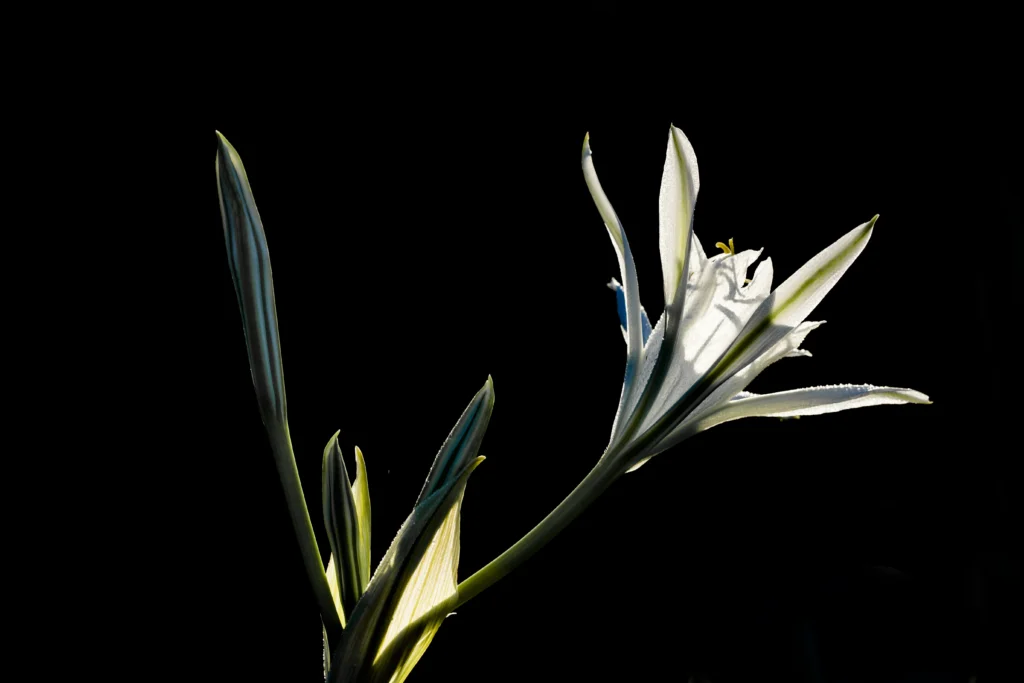
The white bird of paradise needs room to stretch, both above and below the soil. Before anything else, choose a location that allows vertical space, since this plant can grow over six feet tall indoors.
It loves warmth and thrives best in a steady temperature between 65°F and 85°F. Avoid placing it near drafty windows, air conditioners, or heaters, as sudden temperature changes can shock its system and cause leaf damage.
While the plant has tropical roots, it adapts beautifully to indoor life if you mimic its natural habitat. That means providing high humidity, consistent warmth, and filtered sunlight.
A humidifier nearby or a pebble tray under the pot helps maintain the moisture it loves. To avoid overcrowding, don’t press it into corners or under low shelves; the leaves need space to unfold without bending or tearing.
Ideal Light Conditions for Indoor Bird of Paradise
Place your plant in a bright spot where it receives at least 5 to 6 hours of indirect sunlight daily. A spot near a south- or west-facing window with sheer curtains works well. Avoid direct midday rays, which may scorch the leaves.
White Bird of Paradise Indoor Plant Care: Best Temperature and Humidity Settings
The plant loves tropical conditions. Keep the temperature consistent and the air slightly moist. Use a small humidifier or group it with other plants to create a natural humid zone.
Choosing the Right Spot in Your Home
Select a room with steady natural light, like a living room, office, or sunroom. Just make sure there’s space above and around it for upward and outward leaf growth.
Soil, Potting, and Repotting for a Healthier Root System
Getting the soil and pot right is just as important as light and water when it comes to the white bird of paradise. This plant likes a well-draining, airy soil that retains moisture without becoming soggy.
A rich mix of potting soil, perlite, and orchid bark gives the roots enough air circulation while holding the right amount of moisture. Compact or heavy soil can lead to root rot, which is one of the most common causes of decline in this plant.
Choosing the right pot is equally critical. Go for a container with multiple drainage holes and enough depth to support a strong root system. As your plant grows, repotting becomes essential, usually once every 2 to 3 years.
If you notice slowed growth, roots poking out from the bottom, or water draining too quickly, it’s time to shift to a larger pot. Repotting not only gives the roots space but refreshes the soil, adding nutrients that the plant needs to stay healthy and full.
What Soil Mix Works Best?
Use a well-draining mix that holds moisture but doesn’t stay wet. A blend of indoor potting soil with added perlite and bark works best to balance airflow and hydration.
White Bird of Paradise Indoor Plant Care: Signs It’s Time to Repot Your Plant
If your plant looks stunted, tips are browning, or roots are visible at the pot’s edge or bottom, these are all signs it has outgrown its container and needs more space.
Picking the Right Pot for Indoor Conditions
Choose a pot that is sturdy, slightly wider than the root ball, and made from breathable materials like clay or ceramic. Make sure it has good drainage and isn’t too deep to trap excess moisture.
White Bird of Paradise Indoor Plant Care: Watering and Feeding Schedule
The white bird of paradise enjoys regular watering but doesn’t like sitting in water. The trick is to find a rhythm where the soil stays lightly moist without becoming soggy. During spring and summer, you’ll typically water it once a week, allowing the top couple of inches of soil to dry out in between.
In colder months, watering can drop to every two to three weeks, depending on your home’s humidity and warmth. Always feel the soil first; don’t rely on a fixed schedule.
Feeding is just as important as watering for keeping those broad leaves glossy and strong. A balanced liquid fertilizer works best during the growing season.
Apply it monthly and reduce feeding during fall and winter when the plant’s growth naturally slows down. Over-fertilizing can cause leaf burn and stress the roots, so always use a diluted solution and watch how your plant responds.
How to Tell When It’s Time to Water
Look for these signs that your plant needs water:
- The top 2 inches of soil feel dry to the touch.
- Leaf edges begin to curl or fold inward.
- Lower leaves may turn pale or wilt slightly.
Avoid watering if:
- The soil feels damp or soggy when you press your finger into it.
- You notice a musty smell from the pot, which can indicate root rot.
White Bird of Paradise Indoor Plant Care: Best Practices for Feeding This Plant
Use a water-soluble fertilizer with a balanced NPK ratio (10-10-10 or similar). Always water the plant first before feeding, as dry roots can be damaged by direct fertilizer contact. Feeding once a month during active growth is ideal, but skip it altogether in winter.
Seasonal Adjustments for Watering and Feeding
As temperatures drop and daylight shortens, your plant enters a rest period. Water less frequently, and avoid adding fertilizer until signs of spring growth return. Adjusting to this cycle helps the plant conserve energy and prepare for a strong growing season ahead.
Final Thoughts
Mastering white bird of paradise indoor plant care doesn’t require expert-level gardening skills, just attention, consistency, and a little patience from selecting the right lighting spot to understanding when and how to water or feed, each care step plays a crucial role in helping your plant thrive.
The lush, banana-like leaves and impressive height of this tropical beauty make it an eye-catching addition to any space, and with the right setup, it rewards you with vigorous, upright growth.
The key takeaway is to mimic its natural environment as closely as possible indoors. Bright indirect light, well-draining soil, proper humidity, and regular feeding create a balanced environment that supports long-term health.
Avoid common pitfalls like overwatering or inconsistent care routines, and your white bird of paradise will grow strong, striking, and full of life, turning any room into a serene, plant-filled retreat.

